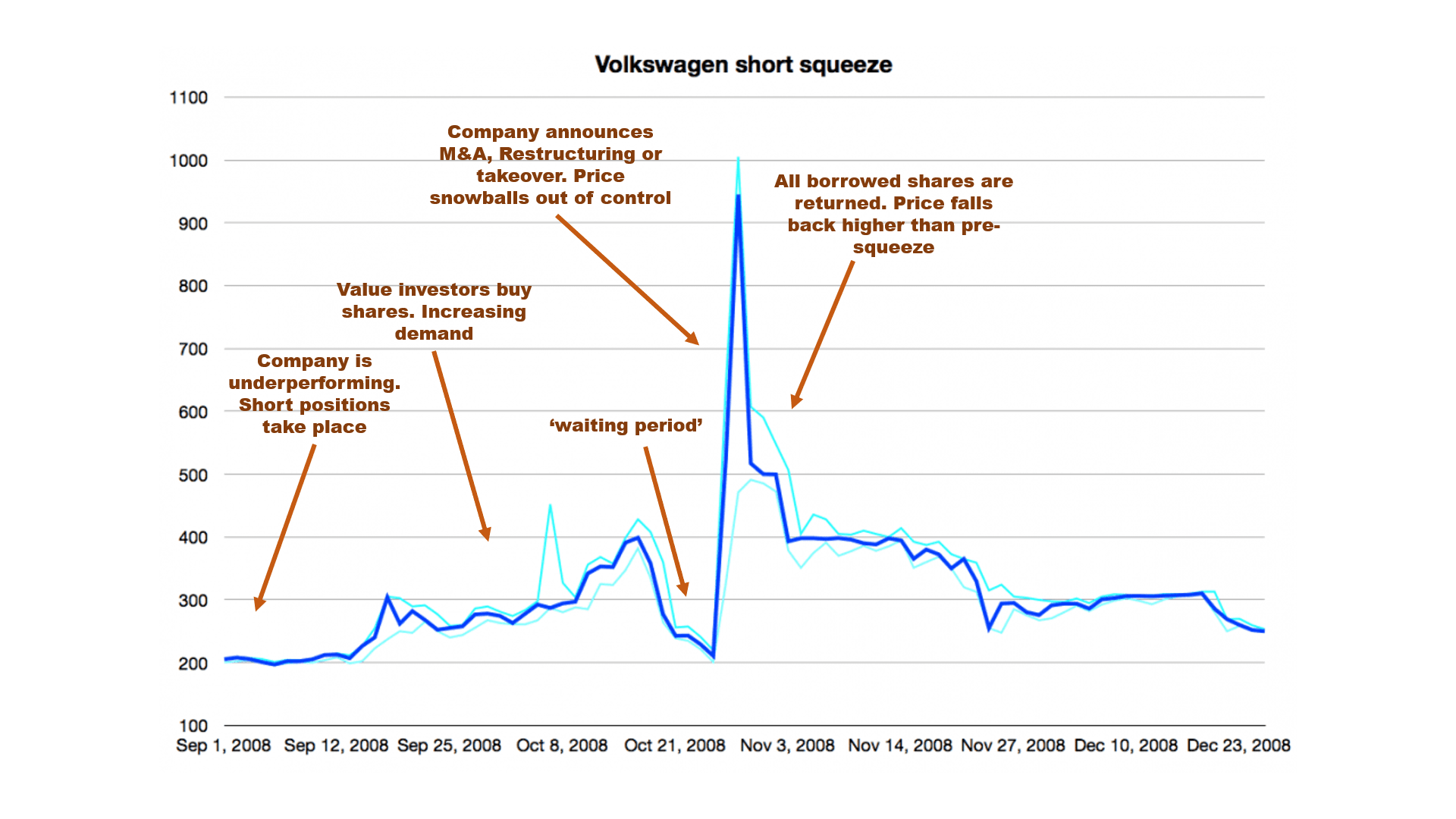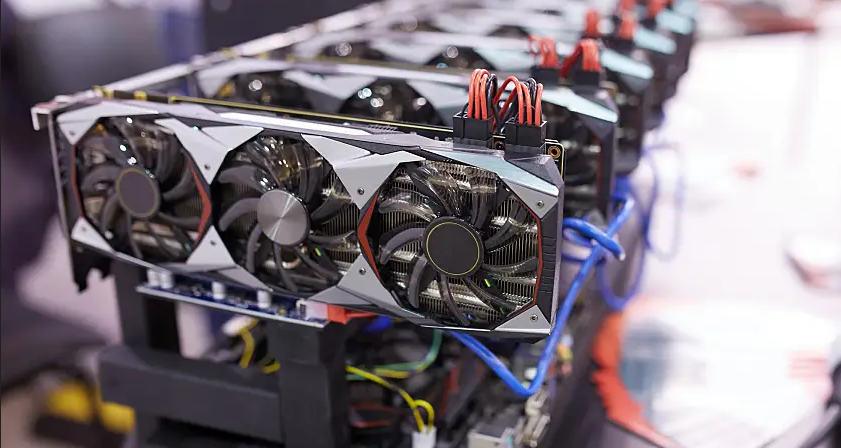Stablecoins are cryptocurrencies designed to maintain a stable value relative to a particular asset or basket of assets, such as the US dollar, gold, or a basket of cryptocurrencies. The idea behind stablecoins is to provide the benefits of cryptocurrencies, such as fast and low-cost transactions, while also mitigating the volatility that is common in traditional cryptocurrencies like Bitcoin and Ethereum. In this article, we will explore the future of stablecoins and the innovative solutions being developed to address volatility and other challenges.
The Need for Stablecoins
Stablecoins are becoming increasingly popular because they offer a number of advantages over traditional cryptocurrencies. For one, stablecoins can offer a stable store of value, which is important for those who are wary of the volatility associated with traditional cryptocurrencies. Stablecoins can also provide a more accessible way to invest in cryptocurrencies, as they can be used to purchase goods and services or held as a store of value without worrying about fluctuations in value.
Types of Stablecoins
There are several types of stablecoins, each with their own unique advantages and disadvantages. Some stablecoins are backed by a reserve of assets, such as the US dollar, while others are backed by cryptocurrencies or other assets. Some stablecoins are algorithmically managed, while others are managed by a central authority.
Innovative Solutions
As stablecoins continue to gain popularity, developers are working on innovative solutions to address challenges such as volatility and scalability. One such solution is the use of decentralized autonomous organizations (DAOs) to manage stablecoins. DAOs are blockchain-based organizations that operate through a set of rules encoded in smart contracts, and they could be used to manage stablecoins in a decentralized and transparent manner.
Another solution is the use of collateralized stablecoins, which are backed by a reserve of assets that can be liquidated if the stablecoin loses its value. This ensures that the stablecoin maintains its peg to the underlying asset or basket of assets.
The Future of Stablecoins
The future of stablecoins is bright, as they offer a unique combination of the benefits of cryptocurrencies and the stability of traditional assets. As stablecoins become more widely adopted, it is likely that we will see more innovative solutions to address challenges like volatility and scalability. It is also possible that stablecoins could become a mainstream financial tool, used by businesses and individuals around the world for everyday transactions and investments.
Conclusion
As the use of cryptocurrencies continues to expand, stablecoins have emerged as a popular option for those seeking a more stable value. However, even stablecoins are not immune to volatility, which has led to the development of innovative solutions to address this issue.
One potential solution is the creation of algorithmic stablecoins. These coins use complex algorithms to adjust their supply and demand in response to market changes, in order to maintain a stable value. Some examples of algorithmic stablecoins include Basis Cash and Frax.
Another solution is the use of collateralized stablecoins, which are backed by reserves of other cryptocurrencies or assets. For example, Tether (USDT) is a popular stablecoin that is pegged to the US dollar and backed by reserves of other cryptocurrencies.
However, the use of collateralized stablecoins is not without its own risks. If the value of the underlying collateral drops significantly, it could result in a situation where the stablecoin becomes undercollateralized and loses its value.
To address this risk, some projects are exploring the use of decentralized insurance protocols. These protocols use smart contracts to create a pool of funds that can be used to compensate holders of stablecoins in the event of a significant drop in the value of the underlying collateral.
Overall, the future of stablecoins is still uncertain, as new solutions continue to be developed and tested. However, as the crypto industry matures and more people look for ways to manage volatility and risks, stablecoins are likely to play an increasingly important role.
See more about Cryptos



